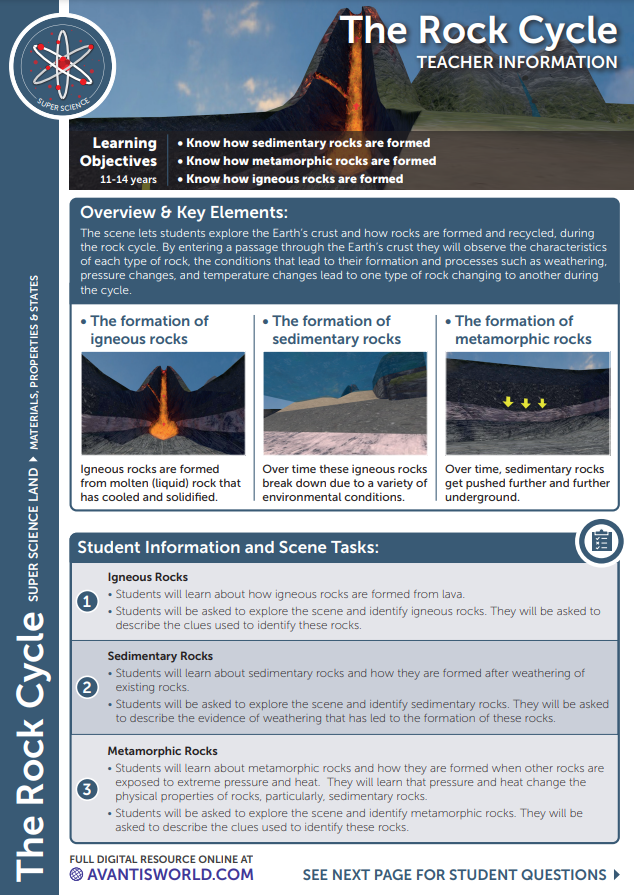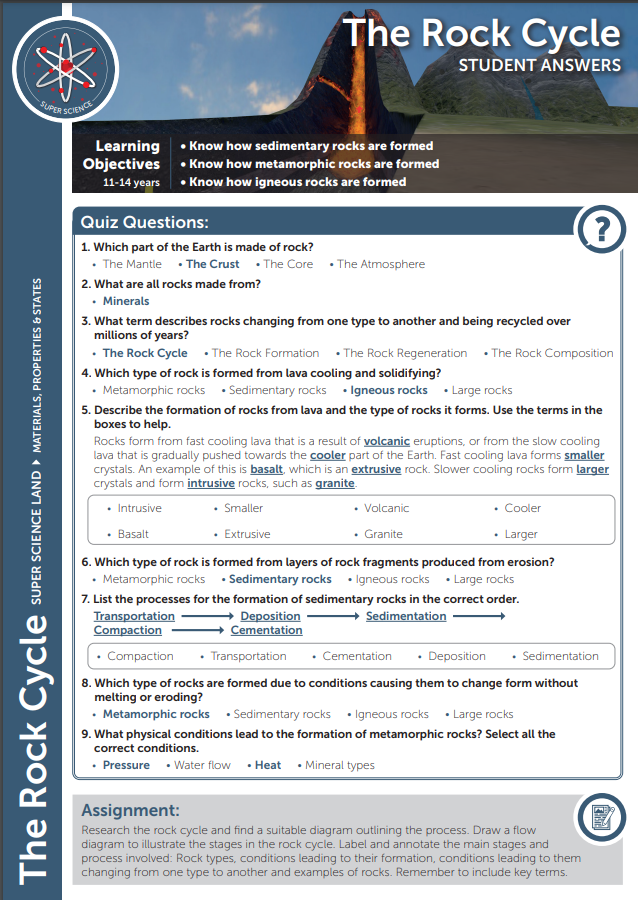 Loading...
Loading...
Initial language selection is based on your web browser preferences.
# Learning objectives 1: Be able to identify how living things are adapted to pressures in their environment.{.info} 2: Be able to describe how predators and prey form a food chain.{.info} # Daily Life in a Rock Pool{.objective .objective1} In this section the tide is out, the heat of the sun warms the water in a rock pool. At low tide, the rocky shoreline is completely exposed to predators – and the prey that live there have nowhere to hide. In this activity students are asked to enter the scene and to walk along the high rocks that divide the rock pools and look out towards the sea; it’s low tide at the moment, and the rock pools are exposed. Then turn and look inland. Students should think about what each pool would be like in the midday sun. And how might this be different in a seaside location with cliffs and overhangs? ## Harsh Habitat, Adaptable Animals{.objective .objective2} In this section students will be able to learn about the following animals: - **HERMIT CRAB** - **LIMPET** - **SEAWEED** - **BEADLET ANEMONE** - **STARFISH** - **SHORE CRAB** - **SHANNY** In this activity students are asked to go underwater and find two creatures in the rock pool to examine closely (they could be animals or plants – with some, it might be difficult to tell!). Students should get up close and look at their features. # Food Webs at the Seaside{.objective .objective3} In this section students can learn that all of the plants and animals don’t just happily live alongside one another. They have to survive, and to do that – well, some of them need to eat the others! The living things you see in the rock pool are all part of a food web, as well as other animals and plants not shown here. In this activity students are asked to take a good look at the creatures in the rock pool and think about what each of them might eat, and what they might be eaten by. # Teacher Resources ### Download Teacher Notes [](https://data.avncloud.com/activities/794445/files/The%20Rock+Cycle+Teacher+Notes+1.pdf?date=1677687806&size=1038107&md5=60ea76fc20a3f4427bd563b51e80f567) ### Student Quiz Answers Document [](https://data.avncloud.com/activities/794448/files/The%20Rock+Cycle+Teacher+Notes+2.pdf?date=1677751059&size=555844&md5=8152399fdc0fa82e4fa5333a0cb4ed09) ### Download Student Quiz Document [](https://data.avncloud.com/activities/794516/files/The%20Rock+Cycle+Teacher+Notes+3.pdf?date=1677746452&size=95347&md5=bf9927609de0364423493ec40acf63a6)